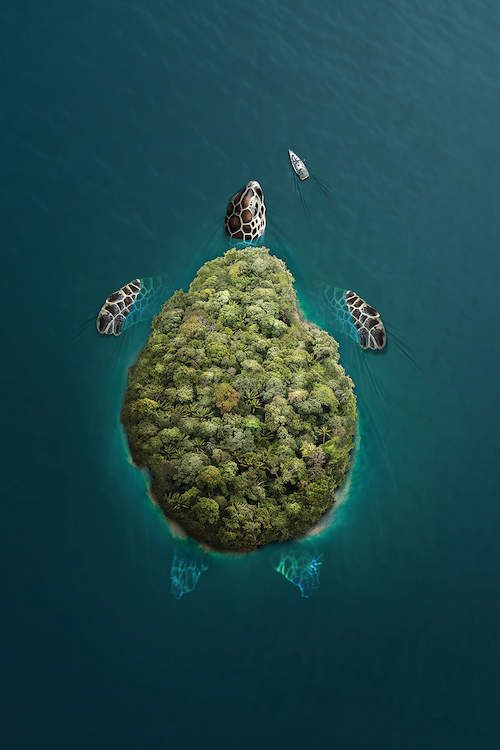
The Taiwan blue magpie, also called the Taiwan magpie or Formosan blue magpie (Urocissa caerulea), is a stunning bird with striking blue and black coloring. Its long, luxurious tail features fan-like feathers that add to its beauty. Although similar in size to the European Magpie, the Taiwan blue magpie has a longer tail measuring at 40 centimeters. It has a red beak and legs, iridescent yellow eyes, and a black head, neck, and breast. The bird’s total length is between 64 and 65 centimeters, with its wings measuring 18 to 21 centimeters.

The Taiwan Blue Magpie has feathers that display a rich hue ranging from deep blue to purple, with white patterns on their wings and tail. Interestingly, male and female Taiwan Blue Magpies have very similar physical appearances. These birds tend to favor living in broadleaf woods situated at elevations ranging from 300 to 1,200 meters above sea level.

Taiwan Blue Magpies are scavengers and omnivores that have a taste for a wide variety of foods, including plants, fruits, seeds, rodents, snakes, and small insects. While they enjoy a diverse range of foods, they have a particular fondness for fruit, with papayas and wild figs being among their favorites. Interestingly, these birds have been observed covering their leftovers with leaves on the ground, likely in an effort to retrieve them later. Additionally, Taiwan Blue Magpies may also store food in branches or leaves for future consumption.

Blue magpies, which are native to Taiwan, are known to be monogamous birds that prefer building their nests in weeds and woodlands. During the months of March and April, they tend to construct their nests on higher branches. These nests are usually made of twigs and weeds, and have a bowl-like shape. While females incubate the eggs, males help with feeding and nest construction. Typically, blue magpies lay anywhere between 3 to 8 olive green eggs with dark brown markings. Hatching of these eggs has a success rate of around 78.3% and takes approximately 17 to 19 days. Once hatched, each nest generally has 3 to 7 chicks. Blue magpies display a strong defence mechanism for their nests and will attack any intruders until they flee.

According to the IUCN Red List of Threatened Species, the species is now classified as Least Concern due to its wide distribution range. However, the Formosan Blue Magpie remains a rare and significant species due to its endemic status. Take a look and listen to the captivating sounds of this bird below.




